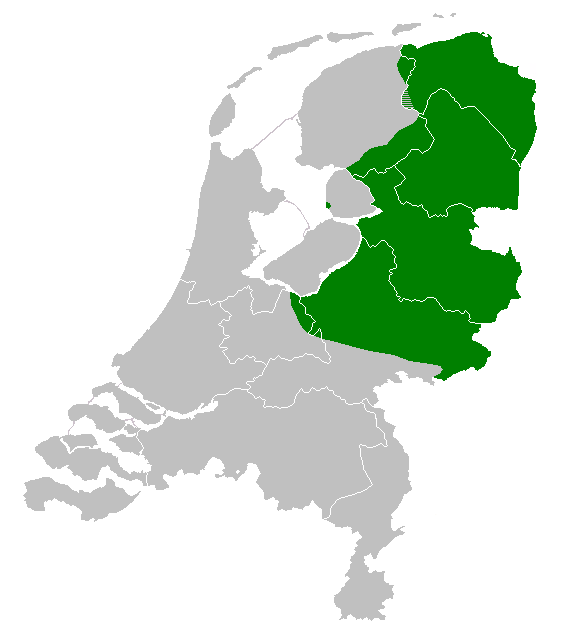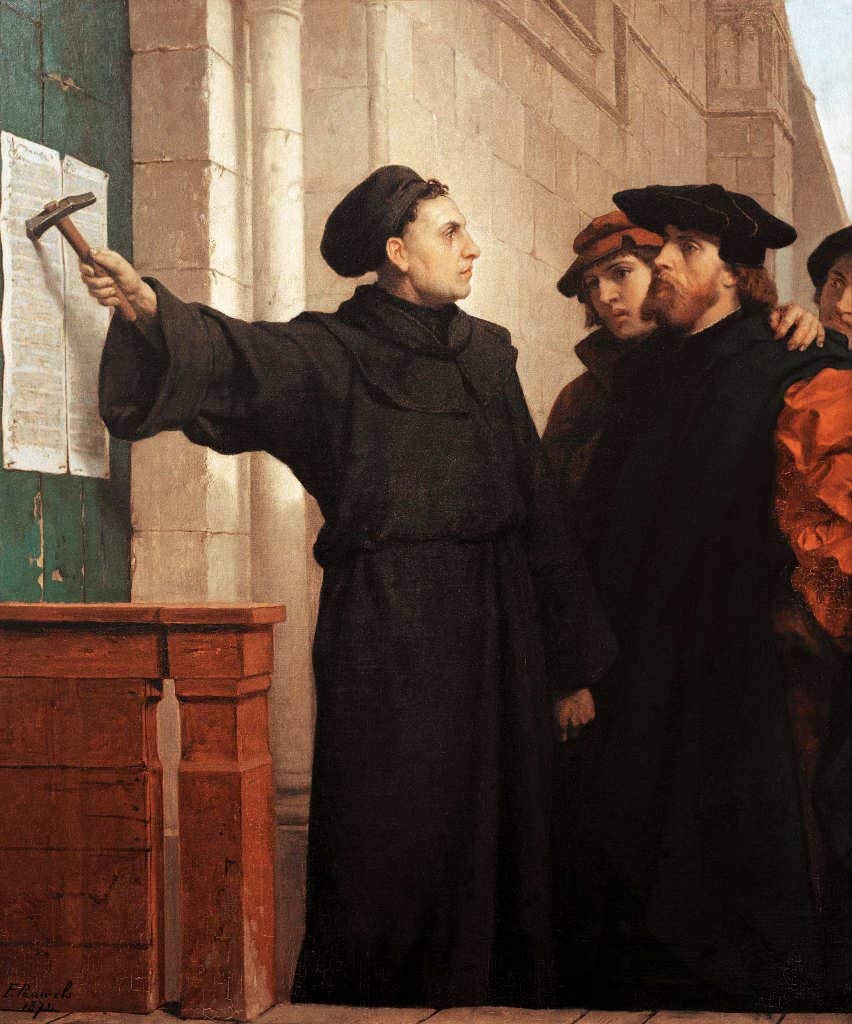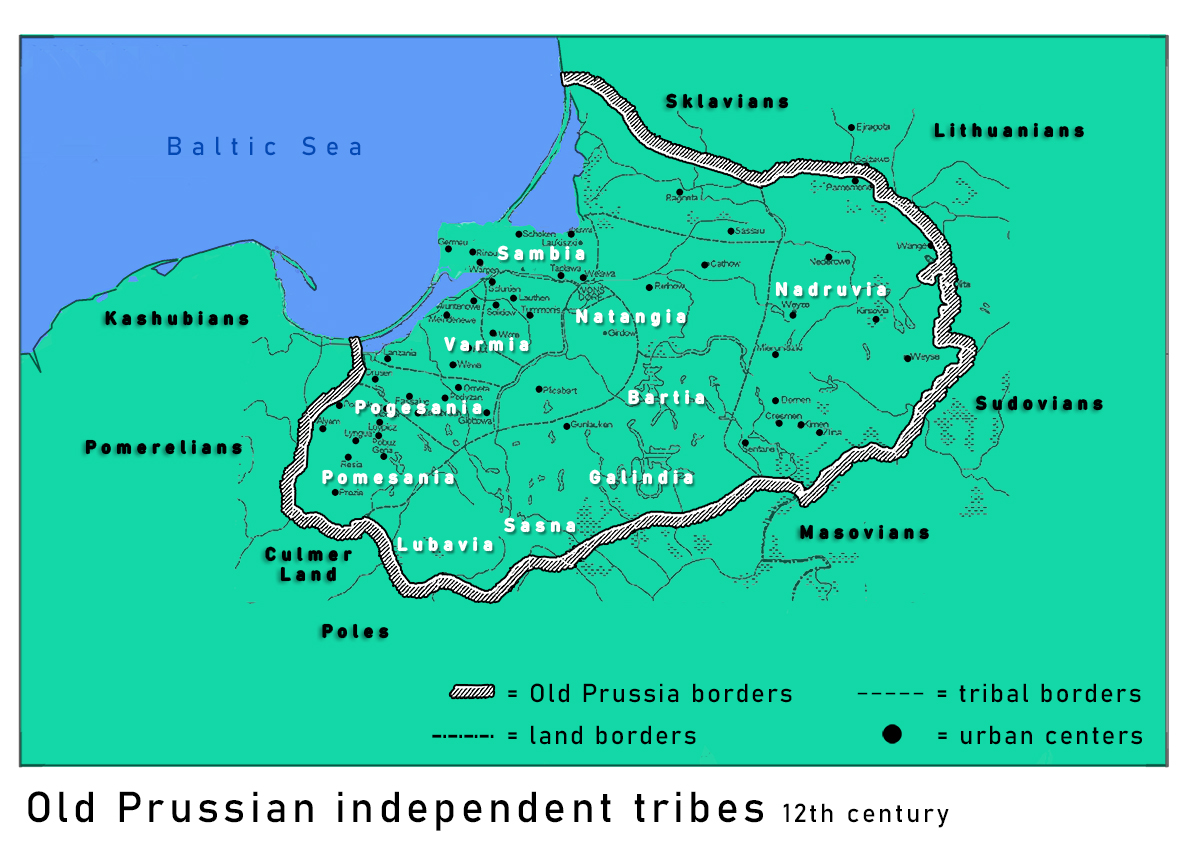|
Masurian Dialect
The Masurian ethnolect (Masurian: ''mazurská gádkä''; ; ), according to some linguists, is a dialect group of the Polish language; others consider Masurian to be a separate language, spoken by the Masurian people in northeastern Poland. The dialect belongs to the Masovian dialect group and is located in the part of Poland as well as parts of Siberia. It borders the Lubawa dialect to the far southwest, the Ostróda dialect and Warmia dialect to the west, the new mixed dialects to the north, the Suwałki dialect to the east, marginally the Podlachia dialect to the far east, and the Kurpie dialect and Far Mazovian dialect to the south. History From the 14th century, some settlers from Masovia started to settle in southern Prussia, which had been devastated by the crusades of the Teutonic Knights against the native Old Prussians. According to other sources, people from Masovia did not move to southern Prussia until the time of the Protestant Reformation, Prussia havi ... [...More Info...] [...Related Items...] OR: [Wikipedia] [Google] [Baidu] |
Poland
Poland, officially the Republic of Poland, is a country in Central Europe. It extends from the Baltic Sea in the north to the Sudetes and Carpathian Mountains in the south, bordered by Lithuania and Russia to the northeast, Belarus and Ukraine to the east, Slovakia and the Czech Republic to the south, and Germany to the west. The territory has a varied landscape, diverse ecosystems, and a temperate climate. Poland is composed of Voivodeships of Poland, sixteen voivodeships and is the fifth most populous member state of the European Union (EU), with over 38 million people, and the List of European countries by area, fifth largest EU country by area, covering . The capital and List of cities and towns in Poland, largest city is Warsaw; other major cities include Kraków, Wrocław, Łódź, Poznań, and Gdańsk. Prehistory and protohistory of Poland, Prehistoric human activity on Polish soil dates to the Lower Paleolithic, with continuous settlement since the end of the Last Gla ... [...More Info...] [...Related Items...] OR: [Wikipedia] [Google] [Baidu] |
Suwałki Dialect
The Suwałki dialect () belongs to the Masovian dialect group and is located in the part of Poland. It borders the Podlachia dialect to the south, the Masurian dialects to the west, the Northern Borderlands dialect to the east, and the new mixed dialects to the north. Given the position of the dialect, some influence from the Norther Borderlands dialect can also be seen here, as well as Baltic, and Belarusian. Suwalszczyzna shares much with Podlasie and Northern Borderlands, particularly eastern varieties. Some typical Masovian traits are missing, such as initial ra- > re- (but teraz (teraz)); no ń > ḿ, and no -ami > -amy. -ta for the second person plural of verbs is also absent. Suwalska in recent years has been being supplanted by Standard Polish; however many initiatives exist to document it. Phonology Typical of Masovian dialects, devoicing of word-final consonants before vowels and liquids is present here, including before clitics. Also typical of Masovian dialects is ... [...More Info...] [...Related Items...] OR: [Wikipedia] [Google] [Baidu] |
Low Saxon Language
Low Saxon (), also known as West Low German () are a group of Low German dialects spoken in parts of the Netherlands, northwestern Germany and southern Denmark (in North Schleswig by parts of the German-speaking minority). It is one of two dialect groups, the other being East Low German. Extent The language area comprises the North German states of Lower Saxony, North Rhine-Westphalia (the Westphalian part), Bremen, Hamburg, Schleswig-Holstein and Saxony-Anhalt (the northwestern areas around Magdeburg) as well as the northeast of the Netherlands (i.e. Dutch Low Saxon, spoken in Groningen, Drenthe, Overijssel, northern Gelderland and Urk) and the Schleswigsch dialect spoken by the North Schleswig Germans in the southernmost part of Denmark. In the south the Benrath line and Uerdingen line isoglosses form the border with the area, where West Central German variants of High German are spoken. List of dialects Germany *West Low German ** Westphalian, including the region ar ... [...More Info...] [...Related Items...] OR: [Wikipedia] [Google] [Baidu] |
Kingdom Of Poland (1385–1569)
The Crown of the Kingdom of Poland (; ) was a political and legal concept formed in the 14th century in the Kingdom of Poland, assuming unity, indivisibility and continuity of the state. Under this idea, the state was no longer seen as the Patrimonialism, patrimonial property of the monarch or dynasty, but became a common good of the political community of the kingdom. This notion allowed the state to maintain stability even during periods of interregnum and paved the way for a unique political system in Poland, characterized by a noble-based parliament and the Free election (Poland), free election of the monarch. Additionally, the concept of the Crown extended beyond existing borders, asserting that previously lost territories still rightfully belonged to it. The term ''Crown of the Kingdom of Poland'' also referred to all the lands under the rule of the Polish king. This meaning became especially significant after the Union of Lublin, union with the Grand Duchy of Lithuania, w ... [...More Info...] [...Related Items...] OR: [Wikipedia] [Google] [Baidu] |
Duchy Of Masovia
The Duchy of Masovia was a District duchy, district principality and a fiefdom of the Kingdom of Poland (1025–1385), Kingdom of Poland, existing during the Middle Ages. The state was centered in Mazovia in the northeastern Kingdom of Poland, and during its existence, its capital was located in the Płock, Czersk, Masovian Voivodeship, Czersk and Warsaw. It was formed in 1138 from the territories of the Kingdom of Poland, following its Fragmentation of Poland, fragmentation, that was started by the testament of Bolesław III Wrymouth. The country existed in the years: 1138–1275, 1294–1310, 1370–1381, and 1495–1526, between that time, going through fragmentations of its territory into smaller duchies and its unification. The states formed during its fragmentation were duchies of Duchy of Kuyavia, Kuyavia, Duchy of Dobrzyń, Dobrzyń, Duchy of Czersk, Czersk, Duchy of Płock, Płock, Duchy of Warsaw (district principality), Warsaw, Duchy of Rawa, Rawa and Duchy of Belz, Bel ... [...More Info...] [...Related Items...] OR: [Wikipedia] [Google] [Baidu] |
Roman Catholic Church
The Catholic Church (), also known as the Roman Catholic Church, is the List of Christian denominations by number of members, largest Christian church, with 1.27 to 1.41 billion baptized Catholics Catholic Church by country, worldwide as of 2025. It is among the world's oldest and largest international institutions and has played a prominent role in the history and development of Western civilization.Gerald O'Collins, O'Collins, p. v (preface). The church consists of 24 Catholic particular churches and liturgical rites#Churches, ''sui iuris'' (autonomous) churches, including the Latin Church and 23 Eastern Catholic Churches, which comprise almost 3,500 dioceses and Eparchy, eparchies List of Catholic dioceses (structured view), around the world, each overseen by one or more Bishops in the Catholic Church, bishops. The pope, who is the bishop of Rome, is the Papal supremacy, chief pastor of the church. The core beliefs of Catholicism are found in the Nicene Creed. The ... [...More Info...] [...Related Items...] OR: [Wikipedia] [Google] [Baidu] |
Lutheranism
Lutheranism is a major branch of Protestantism that emerged under the work of Martin Luther, the 16th-century German friar and Protestant Reformers, reformer whose efforts to reform the theology and practices of the Catholic Church launched the Reformation in 1517. The Lutheran Churches adhere to the Bible and the Ecumenical Creeds, with Lutheran doctrine being explicated in the Book of Concord. Lutherans hold themselves to be in continuity with the apostolic church and affirm the writings of the Church Fathers and the first four ecumenical councils. The schism between Roman Catholicism and Lutheranism, which was formalized in the Diet of Worms, Edict of Worms of 1521, centered around two points: the proper source of s:Augsburg Confession#Article XXVIII: Of Ecclesiastical Power., authority in the church, often called the formal principle of the Reformation, and the doctrine of s:Augsburg Confession#Article IV: Of Justification., justification, the material principle of Luther ... [...More Info...] [...Related Items...] OR: [Wikipedia] [Google] [Baidu] |
Protestant Reformation
The Reformation, also known as the Protestant Reformation or the European Reformation, was a time of major theological movement in Western Christianity in 16th-century Europe that posed a religious and political challenge to the papacy and the authority of the Catholic Church. Towards the end of the Renaissance, the Reformation marked the beginning of Protestantism. It is considered one of the events that signified the end of the Middle Ages and the beginning of the early modern period in Europe. The Reformation is usually dated from Martin Luther's publication of the '' Ninety-five Theses'' in 1517, which gave birth to Lutheranism. Prior to Martin Luther and other Protestant Reformers, there were earlier reform movements within Western Christianity. The end of the Reformation era is disputed among modern scholars. In general, the Reformers argued that justification was based on faith in Jesus alone and not both faith and good works, as in the Catholic view. In the ... [...More Info...] [...Related Items...] OR: [Wikipedia] [Google] [Baidu] |
Old Prussians
Old Prussians, Baltic Prussians or simply Prussians were a Balts, Baltic people that inhabited the Prussia (region), region of Prussia, on the southeastern shore of the Baltic Sea between the Vistula Lagoon to the west and the Curonian Lagoon to the east. As Balts, they spoke an Indo-European languages, Indo-European language of the Baltic languages, Baltic branch now known as Old Prussian language, Old Prussian and worshipped pre-Christian Prussian mythology, deities. Their ethnonym was later adopted by predominantly Low German language, Low German-speaking inhabitants of the region. The duchy of the Duchy of Poland (c. 960–1025), Polans under Mieszko I, which was the predecessor of the Kingdom of Poland (1025–1385), Kingdom of Poland, first attempted to conquer and baptize the Baltic tribes during the 10th century, but repeatedly encountered strong resistance. Not until the 13th century were the Old Prussians subjugated and their lands conquered by the State of the Teuton ... [...More Info...] [...Related Items...] OR: [Wikipedia] [Google] [Baidu] |
Teutonic Knights
The Teutonic Order is a Catholic religious institution founded as a military society in Acre, Kingdom of Jerusalem. The Order of Brothers of the German House of Saint Mary in Jerusalem was formed to aid Christians on their pilgrimages to the Holy Land and to establish hospitals. Its members have commonly been known as the Teutonic Knights, having historically served as a crusading military order for supporting Catholic rule in the Holy Land and the Northern Crusades during the Middle Ages, as well as supplying military protection for Catholics in Eastern Europe. Purely religious since 1810, the Teutonic Order still confers limited honorary knighthoods. The Bailiwick of Utrecht of the Teutonic Order, a Protestant chivalric order, is descended from the same medieval military order and also continues to award knighthoods and perform charitable work. Name The name of the Order of Brothers of the German House of Saint Mary in Jerusalem is in and in Latin . Thus the term "T ... [...More Info...] [...Related Items...] OR: [Wikipedia] [Google] [Baidu] |
Prussia (region)
Prussia (; ; ; ; ; //) is a Historical regions of Central Europe, historical region in Central Europe on the south-eastern coast of the Baltic Sea, that ranges from the Vistula delta in the west to the end of the Curonian Spit in the east and extends inland as far as Masuria, divided between Poland (Warmian–Masurian Voivodeship), Russia (Kaliningrad Oblast) and Lithuania (Lithuania Minor). This region is often also referred to as Old Prussia. Tacitus's ''Germania (book), Germania'' (98 AD) is the oldest known record of an eyewitness account on the territory and its inhabitants. Pliny the Elder had already confirmed that the Romans had navigated into the waters beyond the ''Cimbric peninsula'' (Jutland). Swedes (Germanic tribe), Suiones, Sitones, Goths and other Germanic people had temporarily settled to the east and west of the Vistula River during the Migration Period, adjacent to the Aesti, who lived further to the east. Overview The region's inhabitants of the Middle ... [...More Info...] [...Related Items...] OR: [Wikipedia] [Google] [Baidu] |
Masovia
Mazovia or Masovia ( ) is a historical region in mid-north-eastern Poland. It spans the North European Plain, roughly between Łódź and Białystok, with Warsaw being the largest city and Płock being the capital of the region . Throughout the centuries, Mazovia developed a separate sub-culture featuring diverse folk songs, architecture, dress and traditions different from those of other Polish people, Poles. Historical Mazovia existed from the Middle Ages until the partitions of Poland and consisted of three voivodeships with the capitals in Warsaw, Płock and Rawa Mazowiecka, Rawa. The main city of the region was Płock, which was even capital of Poland from 1079 to 1138; however, in Early Modern Times Płock lost its importance to Warsaw, which became the capital of Poland. From 1138, Mazovia was governed by a separate branch of the Piast dynasty and when the last ruler of the independent Duchy of Mazovia died, it was fully incorporated to the Polish Crown in 1526. During th ... [...More Info...] [...Related Items...] OR: [Wikipedia] [Google] [Baidu] |




